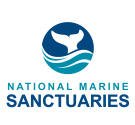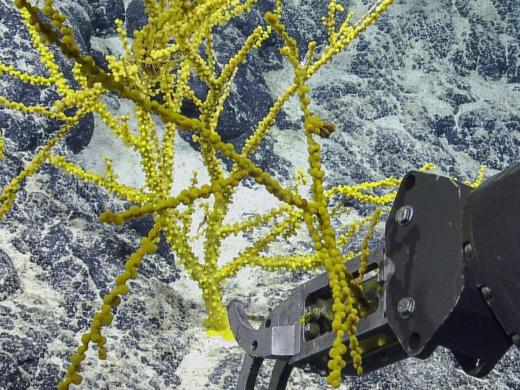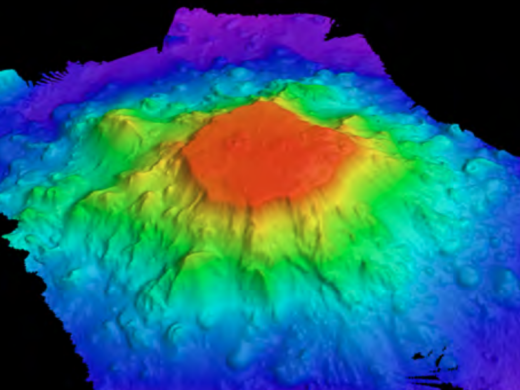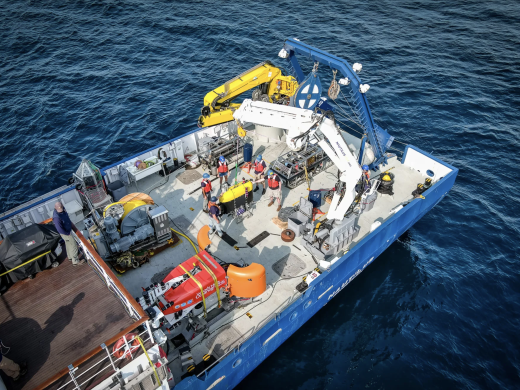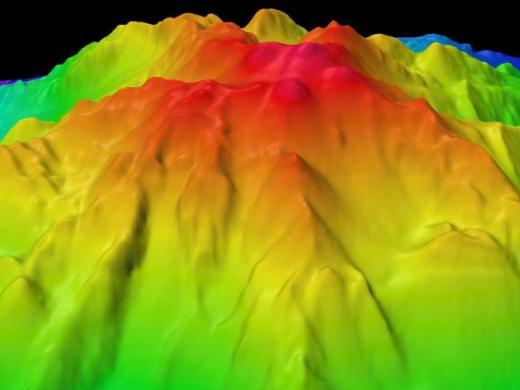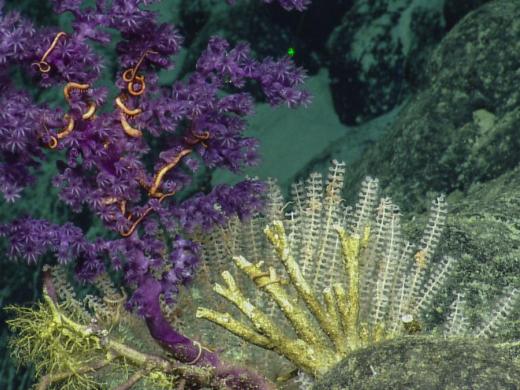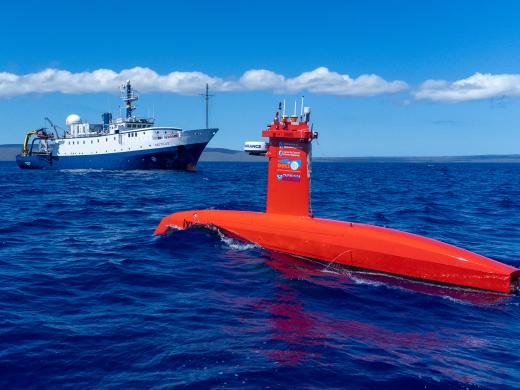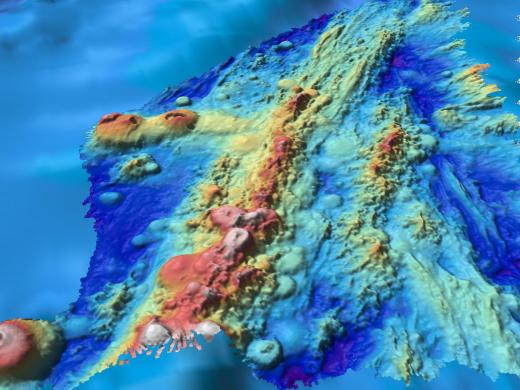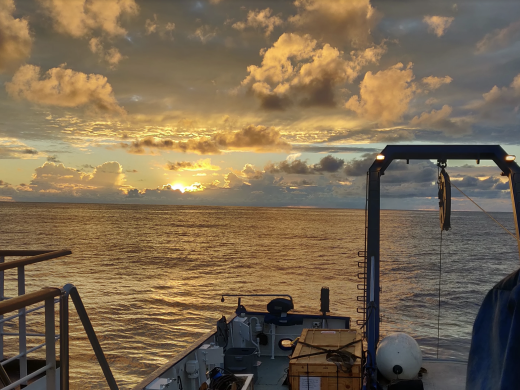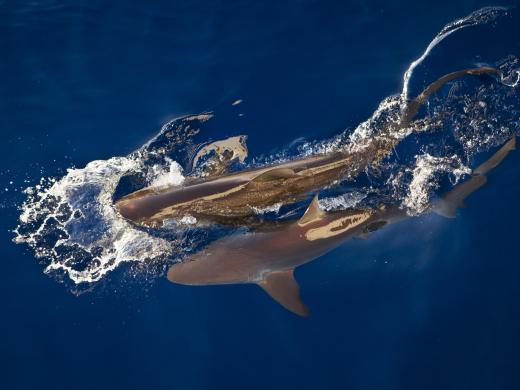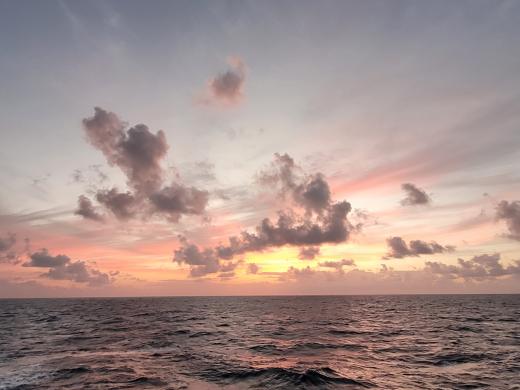Join Ocean Exploration Trust for our 2022 E/V Nautilus expedition as we embark on eight months of scientific exploration in the waters of the Central Pacific Ocean near the Hawaiian Islands, the Pacific Remote Islands Marine National Monument, and Papahānaumokuākea Marine National Monument. Ocean Exploration Trust will embark on its eighth year of deep-sea scientific exploration in the Pacific Ocean, continuing to work with expedition partners and the wider scientific community to make significant scientific discoveries using remotely operated vehicles (ROVs), autonomous vehicles, and seafloor mapping technologies. The 2022 Nautilus expedition is sponsored by NOAA Ocean Exploration via the Ocean Exploration Cooperative Institute, NOAA Office of National Marine Sanctuaries, National Geographic Society, and private donors.
